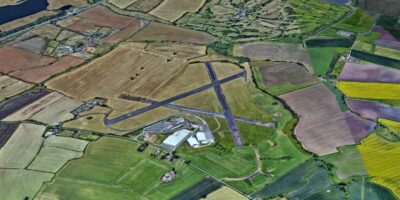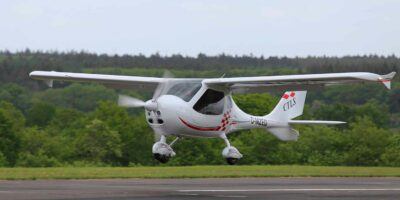London Oxford Airport has started an Airspace Change Proposal (ACP) to create a 3D Instrument Approach to runway 01 amongst other things.
The proposal, ACP-2023-033, follows the new edition of CAP1616 and is at Stage 1 of a 7-stage process. At this point it’s about informing stakeholders about the draft design principles which will influence options development, and gathering responses. The deadline is 24 April 2024.
The airport said it must introduce RNP (Required Navigation Performance) Approaches to runways 01 and 19, complete with associated airspace, to meet a mandate from ICAO for Performance Based Navigation (PBN). That’s also part of the UK’s Airspace Modernisation Strategy (AMS).
According to Eurocontrol, “In the context of the ICAO Performance Based Navigation (PBN) concept, required navigation performance (RNP) is a family of navigation specifications which allow aircraft to operate along a precise flight path. It gives the aircraft the ability to determine its position with both accuracy and integrity. RNP allows an aircraft to fly a specific path between two 3D-defined points in space.”

Current airspace around London Oxford Airport
London Oxford Airport added, “The AMS (airspace modernisation) introduces changes to the provision of Air Traffic Services that can be offered within Class G airspace along with the projected replacement of the ATZ with a Radio Mandatory Zone.
“The dimensions of the extant ATZ surrounding London Oxford Airport have been in place for over 40 years with no changes.
“With the mix of aircraft types now using the airport, coupled with the criteria used to design the IFR procedures, the current ATZ is, arguably, no longer sufficient in size to support airport’s arrival and departure profiles because it does not adequately contain the existing instrument approaches and departures and does not adequately contain aircraft operating within the visual circuit as some aircraft regularly leave the protected confines of the ATZ in order to maintain separation from other air traffic.”
London Oxford Airport













